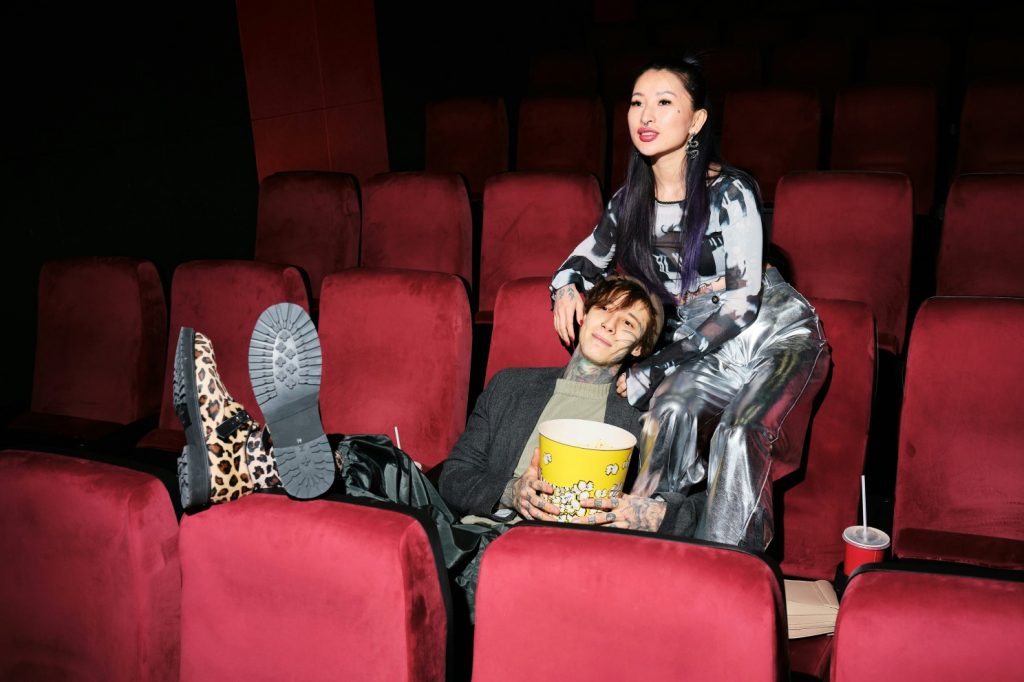‘Xue Ji Qian Jin’ (学史以知兴衰, 见今而知来) translates to “Study the Past to Shape the Future” in Chinese calligraphy. It embodies the idea that learning from historical wisdom is essential for progress. The concept can be applied to sustainability across fashion, music, and film in various ways.

Fashion
Heritage-Inspired Designs: Designers like Guo Pei infuse modern couture pieces with traditional Chinese aesthetics and craftsmanship, celebrating cultural heritage while embracing sustainability.
Cultural Preservation: Designer Sheguang debuted 100 haute couture qipaos (a legacy symbol for young feminists) at Beijing Fashion Week, reimagining the garment’s 1920s origins and 1930s evolution. His designs incorporated diverse fabrics like cotton, linen, lace, and leather, preserving the item’s heritage while modernizing its appeal.
Cultural Fusion: Clothing brand CLOT seamlessly celebrates Chinese heritage through contemporary style, integrating traditional motifs into modern aesthetics. The fusion of past and present captures a global audience and the current mood of streetwear.
Music
Traditional Instrument Fusion: Musicians like Wu Man collaborate with contemporary composers to blend traditional Chinese instruments, such as the pipa, with modern compositions, enriching the cultural landscape and inspiring new generations.
Folk Music Revival: Artists like Miserable Faith infuse traditional Chinese folk elements into contemporary rock, revitalizing ancient melodies for modern audiences and fostering cross-cultural appreciation.
Classical-Electronic Fusion: Artists like Shao Yanpeng blend classical Chinese music with electronic beats, creating captivating soundscapes that appeal to diverse audiences while preserving cultural heritage in an innovative manner.
Film

Historical Epics: Filmmakers like Zhang Yimou create epic films such as “Hero” and “House of Flying Daggers,” showcasing traditional Chinese martial arts and exploring themes of honour and redemption. Celebrating cultural heritage, these films contribute to its preservation, fostering a deeper appreciation for tradition and culture.
Exploring Dynastic Struggles: “Red Cliff,” directed by John Woo, delves into the tumultuous Three Kingdoms period, highlighting political intrigue and military conflicts. The film prompts reflection on sustainable governance and societal resilience, drawing parallels between historical events and contemporary challenges. It opens up a conversation about education and the importance of social awareness.
In essence, “Xue Ji Qian Jin” serves as a guiding beacon, urging us to heed the lessons of the past as we navigate the complexities of the present and chart a course towards a sustainable and culturally vibrant future. While celebrating the triumphs of history, it’s equally essential to acknowledge its darker chapters and learn from past mistakes. By embracing the duality of historical narratives, we honor our heritage while forging new pathways for generations to come, ensuring that the wisdom of the past shapes a future that is both enlightened and resilient.




